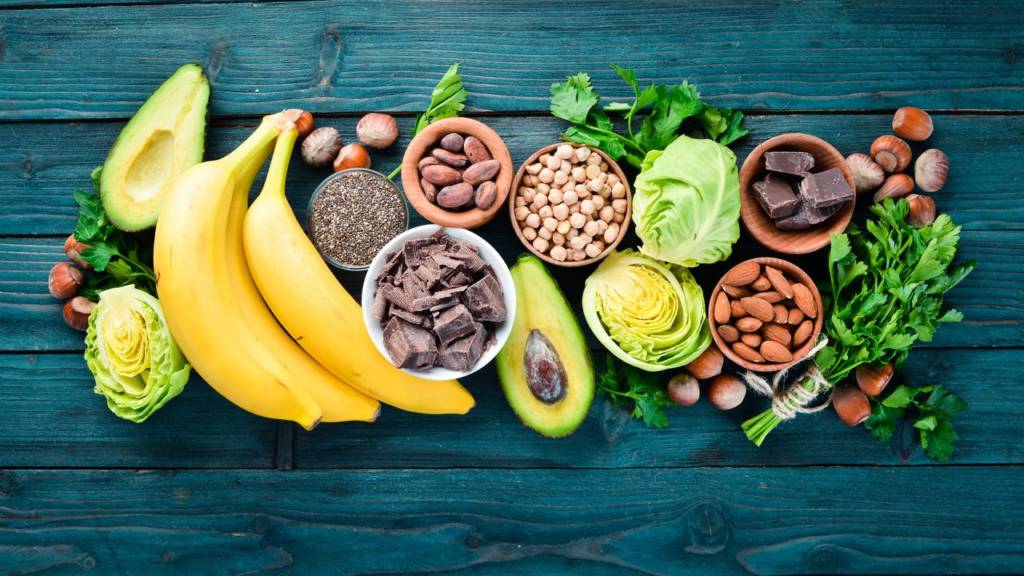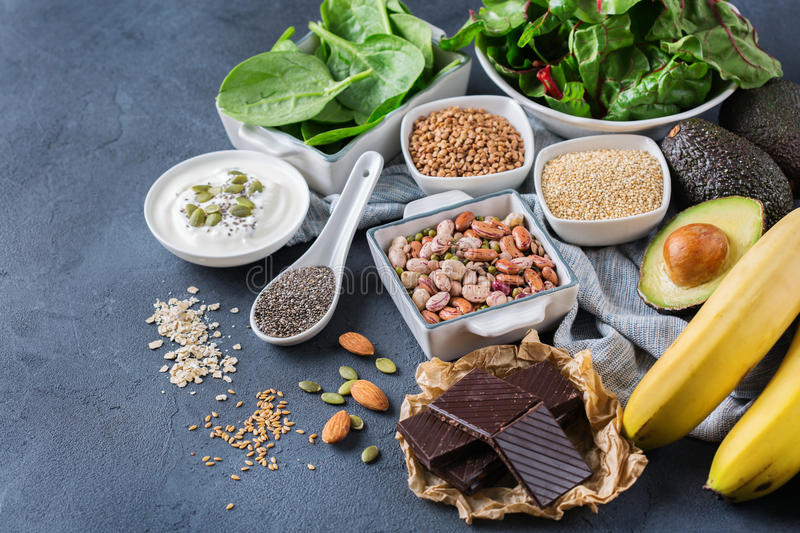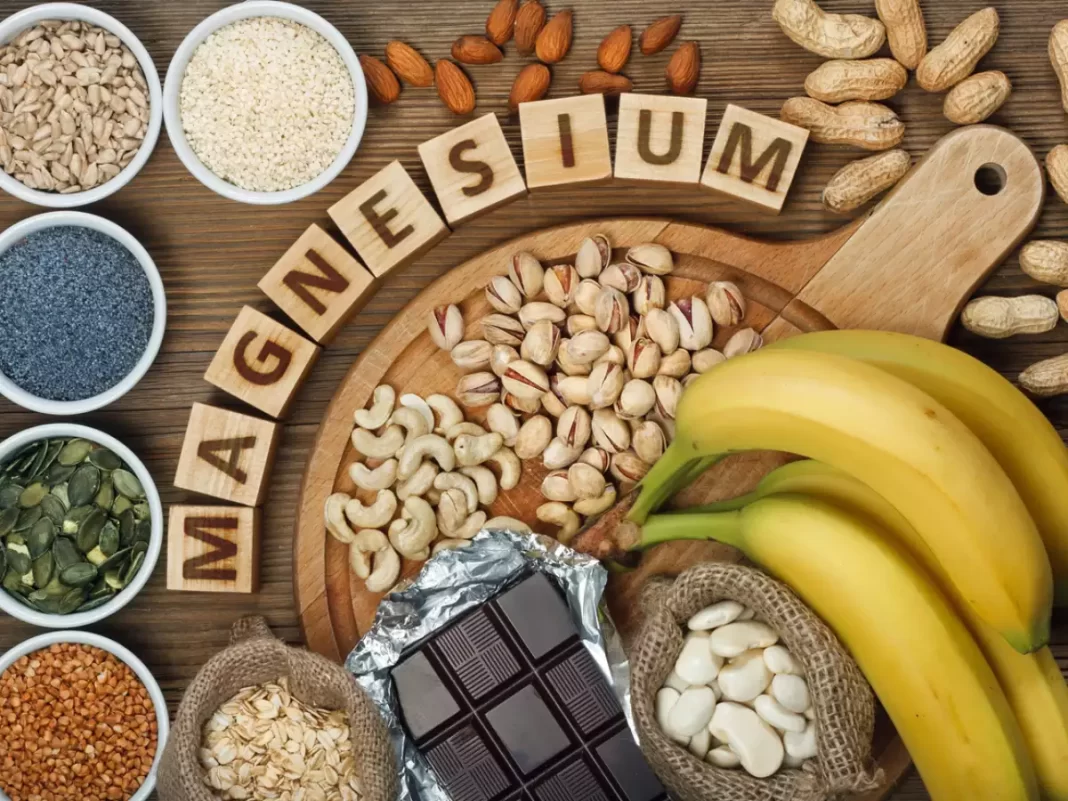Are you having trouble focusing or feeling forgetful? Your diet might be the issue. Several studies have demonstrated a significant association between magnesium consumption and brain health, particularly in women. Regrettably, a lot of people’s diets are deficient in magnesium. But don’t worry, by following a few basic guidelines, you may increase your magnesium intake in a delightful and easy way. Continue reading to find out how to improve your body’s magnesium levels for optimal brain health.
Read More: What is the Difference Between the Fish Oil & Omega 3. Which one is better?
There is a clear connection between dietary magnesium consumption and the health of the brain, according to a recent study by experts at the Australian National University. According to the study, those who ingested more magnesium had greater brain sizes in both men and women.
The results of the study, however, demonstrated that magnesium’s neuroprotective benefits were more notable in women, particularly post-menopausal women. These findings lead the researchers to advise boosting magnesium consumption at a young age in order to perhaps prevent neurological illnesses like Alzheimer’s in the future.

Magnesium is a vital element needed for many vital biological processes, such as controlling blood pressure, supporting nerve and muscle function, and preserving strong bones. The majority of individuals, however, do not get enough magnesium in their diets. In reality, almost 50% of people do not consume the necessary daily intake of magnesium, according to the National Institutes of Health (NIH).
How Can You Raise Your Body’s Magnesium Levels?
Fortunately, by making a few basic modifications, magnesium levels may be raised. Here are some suggestions to help you boost your magnesium intake whether you are specifically showing indications of magnesium insufficiency or not.
Consume meals high in magnesium.
Eating foods that are naturally high in magnesium is one of the greatest methods to improve your intake of this mineral. Foods high in magnesium include some of the following:
* Nuts and seeds: Almonds, cashews, pumpkin seeds, and sesame seeds are all rich sources of magnesium.
* Dark leafy greens: Spinach, kale, and cabbage are excellent sources of magnesium.
* Legumes: Lentils, chickpeas, and black beans are all excellent sources of magnesium.
* Whole grains: Brown rice, quinoa, and whole wheat bread are all high in magnesium.

Select foods containing magnesium.
Magnesium is now added to a variety of meals to help you meet your daily consumption targets. Breakfast cereals, milk, and some varieties of bottled water are a few examples of foods that have been fortified with magnesium.
1. Think about consuming a magnesium supplement.
If your diet doesn’t provide you with enough magnesium, you might want to think about taking a magnesium supplement. Before starting any new supplements, see your doctor.
2. Use herbs and spices when cooking
Basil, coriander, and cumin are a few herbs and spices that are high in magnesium. If you want to improve your intake of magnesium, try include these herbs and spices in your meals.
3. Restrict your consumption of alcohol and caffeine.
Limiting your consumption of coffee and alcohol is a good idea because studies show that they both affect how well magnesium is absorbed.
4. Increase fruit and vegetable consumption
Magnesium is among the many vitamins and minerals that may be found in abundance in fruits and vegetables. Bananas, avocados, figs, and sweet potatoes are a few examples of foods that are high in magnesium.
Read More: Iron Power will enhance your child’s growth!








